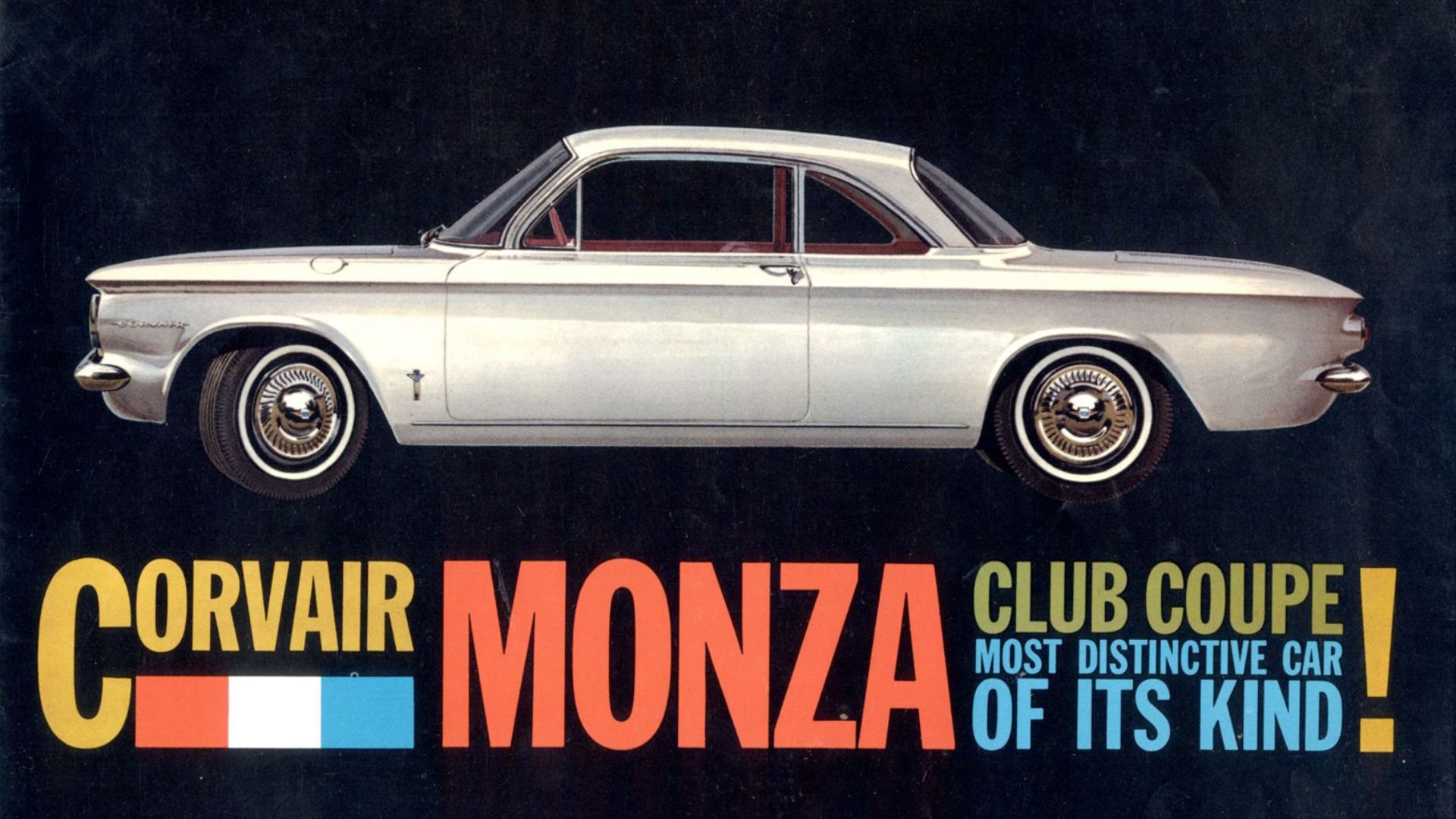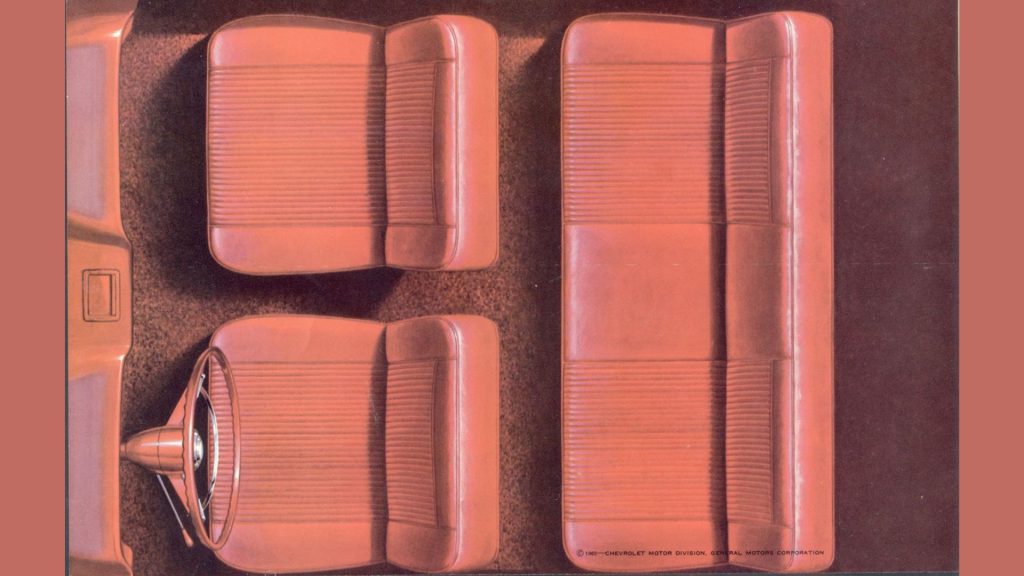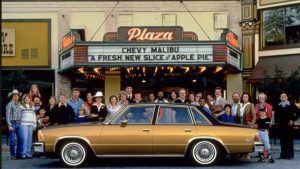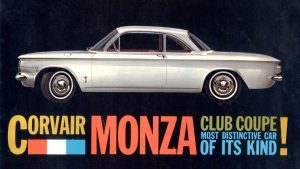
Table of Contents
Why would Chevy dare To take on the Bug?
Jealousy, GM ego, just because they could, take your pick. The Beetle mania was raging like wildfire so much that by the time its production ended, more than 21 million were on the road.
Chevy bowed to the masses who wanted an all American, compact and an affordable answer to the automotive equivalent of the Godzilla AKA the Volkswagen Beetle.
The Chevy Corvair Monza is divided into two generations. The Gen 1 Corvair Monza were made from 1960 to 1964 while the Gen 2 were made between 1965 and 1969. The Monza trim was introduced from mid 1960 onwards but was officially debuted in 1961.
What was the Monza Package on Chevy Corvair ?

Even my team agrees that naming one of the slowest cars ever made after the temple of speed is a bit hilarious. The Corvair Monza came standard with deep pile carpets, front vinyl bucket seats, bright works, special armrest and steering wheel.
How fast was the Chevy Corvair Monza?

Throughout its run, Corvair Monza was powered by a total of three engines and following features.
- Initially it had a 140 cu in (2.3 L) Turbo-Air flat-six making about 80 hp and 128 lb-ft. An optional “Super Turbo Air” package boosted this number to 95 hp/132 lb-ft thanks to revised camshafts (352 degree intake) and heads.
- Corvair Monza underwent a slight displacement increase in 1961 and now had a 145 cu in (2.4 L) producing 98 hp.
- The third and the final increase came in 1964. With a new 164 cu in (2.7 L) flat 6 making about 95-110 hp.
- A 3.27 gas sipping rear end was standard, but a 3.55 and 3.89 were available as an option.
Gen 2 Corvair Monzas had a Fisher built Z-Body, fully articulated suspension, and an NA 4 carburetor 140 hp engine as option. In 1965 a Z17 suspension upgrade was optional with faster steering rack and stiffer springs.
Transmission options were limited to a 3-Speed manual or a 4-Speed fully synchro meshed manual. A Powerglide automatic was an optional extra, costing about $150. An HD suspension and front anti-roll bar were optional in gen 1 Corvair Monzas. Later in 1963 self adjusting brakes and revised oil cooler were added.

A stock 1961 Corvair Monza could run 60 mph in around 15.5 seconds and had a top speed of around 92 mph as tested by Curbside Classic. With the 3.55 rear end, the 60 mph dropped by a second and the top speed increased by 3 mph.
Although it was dubbed as a “Poor Man’s Porsche” it was nowhere near any of the offerings from Stuttgart or VW.
The Porsche was an excellent GT cars with over a decade of R&D under its belt. Similarly, The Beetle was adored for its indestructible build quality, easy-peasy gearbox and when the”Super Beetle” finally arrived on the scene in the early 70s, its handling and liveliness.

Vintage reviews by CC for Corvair Monza points out that its transmission was clunky at best, the synchro mesh for the 2nd gear was rough, Corvair Monza had a habit of stalling during fast takeoffs and the MPG was quite low at 23.
The Monza was simply a sporty package to set it apart from its vanilla siblings that was way more affordable and adequate in its own right with its $2,000 price tag and an optional 150 hp engine.
Sure it had some handling issues and a general lack of passenger safety, they were all fixed in 2nd Corvair Monza generation models.
How Much is A Corvair Monza Today ?
The price of Gen 1 and Gen Chevy Corvair Monza is about $10,000-$50,000 and highly vary. At one point 80 percent of Corvair sold were Monza spec, so there are plenty of used example to choose from.
What Should I Know Before Buying One?

The Gen 1 Corvair Monza were notorious for their dangerous and unpredictable handling due to swing axle suspension and a laughable 37/63 weight distribution.
It was thoroughly highlight by consumer advocate Ralph Nader in his landmark book “Unsafe at any speed”. Every American automaker for their blind eye when it came to safety, with GM and Ford being chief culprits. Just look at Ford Pinto and its inflammable saga.
A 2 Generation Corvair Monza is what you should go for as it came with fully independent suspension, largely handling the handling issues.
Later models especially ones built in 1968 also had collapsible steering columns, dual circuit brakes shoulder belts, and reinforced door hinges
Lastly, GM relied on a workaround called “Air Pressure Differential” to curtail the handling issues up to a point. It worked by inflating the front tires at a lesser psi than rear ones to reduce the oversteer.
Most consumers didn’t know this and inadvertently put themselves at risk by not following proper psi numbers.
Image Source- Brochure







